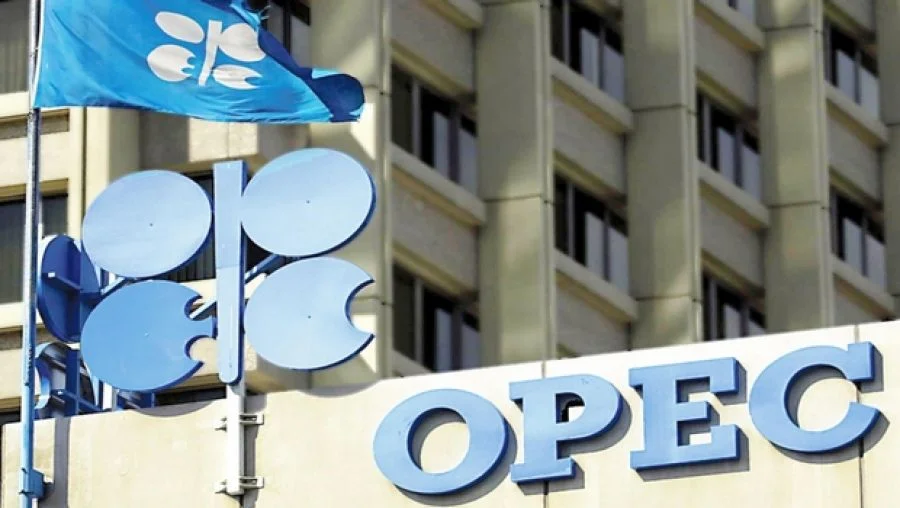By Business Express
OPEC+, the powerful oil alliance led by Saudi Arabia and Russia, has sent shockwaves through global markets after announcing yet another surge in oil production. The move, confirmed during a tense meeting in Vienna this week, signals the cartel’s shift towards maximizing output over stabilizing prices—a gamble that could reshape global energy dynamics and test Kenya’s already fragile fuel economy.
The 25-member bloc, which accounts for over 40% of global oil supply, will boost production by an additional 1.5 million barrels per day (bpd) starting July 2024, pushing collective output to 42 million bpd. This follows a similar hike just two months earlier, highlighting OPEC+’s determination to preserve market share even at the expense of sinking prices.
So far, the fallout has been swift. Brent crude has dropped to Sh11,520 per barrel ($80)—a staggering 22% decline from January highs of Sh14,760 ($102). Saudi Arabia alone has raised output to 11 million bpd, while Russia, hemmed in by Western sanctions, is pumping 10.5 million bpd. Energy analysts attribute the glut to faltering demand in China and record-breaking U.S. shale production, which climbed to 13.3 million bpd in May.
For Riyadh and Moscow, the gamble is clear: compensate falling oil prices with sheer volume. Oil revenues, however, already tell a worrying story. In Q1 2024, OPEC+ income dropped 30%, with Saudi Arabia’s takings tumbling to Sh3.8 trillion ($26.4 billion) from Sh5.4 trillion ($37.5 billion) a year earlier. “When prices collapse, volume becomes the only lifeline,” observed energy analyst Fatima Al-Mansoori. “But this could worsen the price war if U.S. inventories keep swelling.”
Kenya’s Uneasy Balancing Act
For Kenya, which relies on imports for 90% of its oil needs, the production surge is a double-edged sword. On paper, lower global crude prices should ease the country’s Sh220 billion monthly fuel import bill. But a weak shilling—now trading at Sh144 to the dollar—and soaring freight charges are eroding potential gains.
To complicate matters, domestic taxes and levies remain the single largest component of pump prices. As a result, the Energy and Petroleum Regulatory Authority (EPRA) recently hiked retail prices, further fueling public anger over the rising cost of living. “Kenyan consumers might not see much relief at the pump,” cautioned energy economist David Mwangi. “Global prices are important, but taxes and exchange rates carry more weight here.”
High Stakes, High Risks
The OPEC+ decision also risks creating supply-chain snarls. Tanker congestion is building in major hubs like Rotterdam and Singapore, while Kenya’s Mombasa terminal storage costs have already jumped 15%. Analysts warn that logistical bottlenecks could spill into higher costs downstream, wiping out any benefit of cheap crude.
Despite these risks, Saudi Arabia and Russia remain convinced their high-volume gamble will cement long-term market control. The challenge? The U.S.—now the world’s top producer—is unlikely to back down, keeping global energy markets volatile and unpredictable.
For Kenya, the coming months will test how much it can shield consumers from these global tremors. The dream of cheaper fuel may remain just that—a dream—unless exchange rate pressures ease and tax burdens are addressed.
As the Saudi-Russia oil gamble plays out, Kenya and other importers are left navigating an energy landscape where geopolitical brinkmanship outweighs price stability—and where the promise of relief at the pump remains uncertain.
– By Nusurah Nuhu






